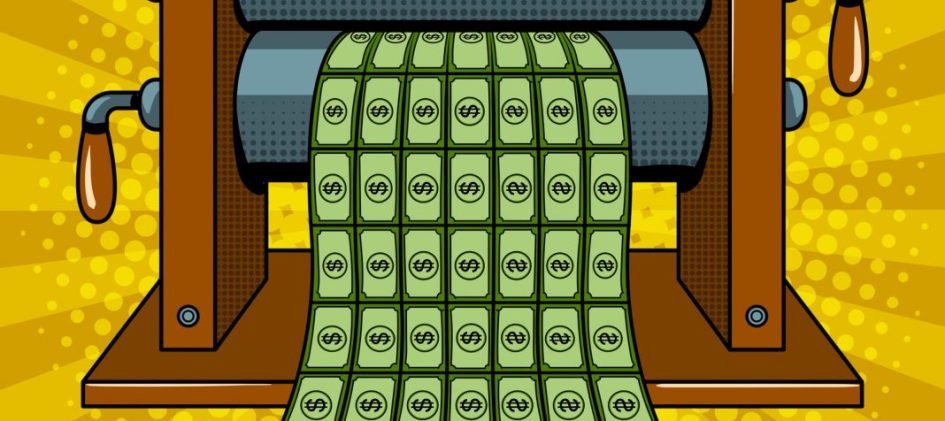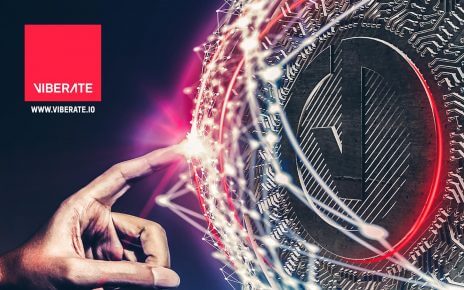David Vorick, a developer from the Siacoin development team, is in charge of supervising the development of SIA, a cryptocurrency used for decentralized file storage that uses the Proof-of-Work (PoW). Vorick also manages Obelisk, his own company that produces ASIC chips for the mining of cryptocurrencies.
Obelisk was created around one and a half years ago and now its first ASIC chips are scheduled to ship in eight weeks. Vorick decided to reveal his thoughts regarding the cryptocurrency mining industry without beating about the bush in a blog publication called “The State of Cryptocurrency Mining”.
The leading developer of Siacoin used the publication to reveal that he heard that “Bitman is playing dirty”. Allegedly, Vorick was told that Bitmain would use its power to prevent other ASIC produce their chips in China.
Despite the great efforts to hide the Obelisk’s manufacturing operations in China by using an American manufacturer with facilities in China, the manufacturer finally said it would not be able to produce ASIC chips for Obelisk and this whole mess brought a cost of more than two million US dollars to Obelisk. Vorick said: “When we started Obelisk, we had numerous separate sources reach out and warn us that Bitmain plays dirty, and that if we try to manufacture in China, we will be stopped.
With that in mind, we brought up the issue to everyone we worked with, and proceeded cautiously with an American manufacturer that owned a facility in China. This was attractive because the prices were close to half of what we would have paid to manufacture in America, and manufacturing was going to be one of our largest expenses by far.
We did everything we could to keep the entity disconnected from Obelisk, and we hid the name of the manufacturer from our website or any public data, and we were very careful with who we gave the name of our manufacturer privately. We had a separate entity put in parts orders where we could.
After any reasonable timeframe to reach out to another manufacturer, after-hours on a Friday night, our manufacturer reached out to us and said with little warning or reasonable explanation that they would be unable to manufacture for us. Just as we had been warned, our attempt to manufacture in China had fallen flat on its face. This setback is estimated to have cost us somewhere north of $2 million.”
There is no evidence that Bitmain pressured the manufacturer to give up the operations with Obelisk, but David Vorick leaves no doubt regarding his suspicions.
The most explosive part of the post published by Vorick is the part where he talks about the complaints that ASIC chip manufacturers use new ASIC chips to secretly mine cryptocurrencies for some time before selling them publicly once they are no longer rentable. These affirmations are not new and Vorick said: “A few months ago, it was publicly exposed that ASICs had been developed in secret to mine Monero. My sources say that they had been mining on these secret ASICs since early 2017, and got almost a full year of secret mining in before discovery. The ROI on those secret ASICs was massive, and gave the group more than enough money to try again with other ASIC resistant coins.
It’s estimated that Monero’s secret ASICs made up more than 50% of the hashrate for almost a full year before discovery, and during that time, nobody noticed. During that time, a huge fraction of the Monero issuance was centralizing into the hands of a small group, and a 51% attack could have been executed at any time.
In the case of Halong’s Decred miner, we saw them “sell out” of an unknown batch size of $10,000 miners. After that, it was observed that more than 50% of the mining rewards were collecting into a single address that was known to be associated with Halong, meaning that they did keep the majority of the hashrate and profits to themselves. Our investigation into the mining equipment strongly suggests to us that the total manufacturing cost of the equipment is less than $1,000, meaning that anyone who paid $10,000 for it was paying a massive profit premium to the manufacturer, giving them the ability to make 9 more units for themselves. Beyond this, the buyer has no idea how many were sold nor where the difficulty would be when the units shipped. The manufacturer does know whether or not the buyer is going to be able to make a return, but the buyer does not. The buyer is trusting the manufacturer entirely.”
Bitmain earned up to four billion US dollars last year and there are rumours in the crypto community about the existence of secret ASIC chips that have the power to attack the existing hashing algorithms more effectively than any other mining chip on the market.
Vorick is convinced this is true: “We’ve heard rumors of plenty of other secret ASICs. People who own secret ASICs tend not to talk about them very much, but as of March 2018, we had heard of secret ASIC rumors specifically for both Equihash and Ethash, and then for many other smaller coins that don’t have any ASICs on them yet. We believe a full 3 different groups were actively mining on Zcash with different ASICs prior to the Bitmain Z9 announcement.
We know of mining farms that are willing to pay millions of dollars for exclusive access to designs for specific cryptocurrencies. Even low ranking cryptocurrencies have the potential to make millions in profits for someone with exclusive access to secret ASICs. As a result, an informal underground industry has been set up around secret mining. The heavy amount of secrecy involved means it’s disconnected and mostly operates off of rumor and previous relationships. But it’s nonetheless a very lucrative industry, and even when things happen like the Vertcoin hardfork, the setback to secret miners is dwarfed by the returns of the successes.
At this point, I think it’s safe to assume that every Proof-of-Work coin with a block reward of more than $20 million in the past year has at least one group of secret ASICs currently mining on it, or will have secret ASICs mining on it within a few months. The easiest way to detect this is GPU returns, however as ASICs continue to infiltrate every coin on the market, that will cease to be a reliable metric as there will be no GPU-only coin to use as a baseline, at least not one that is large enough to sustain all of the massive GPU farms that are out there.
The ASIC game has become such an advanced game because there is so much money on the table. Even small coins can be worth tens of millions of dollars, which is more than enough to justify a high-risk production run.”
Vorick concluded with the following statement: “At the end of the day, cryptocurrency miner manufacturers are selling money printing machines. A well-funded profit maximizing entity is only going to sell a money printing machine for more money than they expect they could get it to print themselves. The buyer needs to understand why the manufacturer is selling the units instead of keeping them for themselves.”




